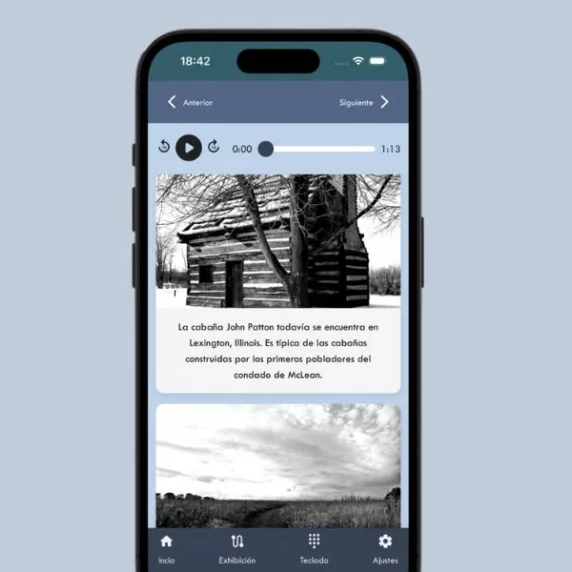Create accessible audio tours with Tourient
1 in 6 people have a disability, whether it's visible or hidden. Tourient gives you the tools to create tours that are accessible to audiences of many abilities.
Comply with international accessibility standards, support visitors with limited vision, reduced mobility, hearing impairments, neurodivergence, and personal preferences.

CYA with international accessibility standards compliance
Web Content Accessibility Guidelines (WCAG) set global standards to make websites and apps accessible to everyone.
The standards are developed by the World Wide Web Consortium (W3C), and provide a framework for creating digital content that is inclusive for people with visual, auditory, motor, and cognitive disabilities. The guidelines have three levels of conformance:
Level A: Basic accessibility features
Level AA: Standard accessibility compliance (the most commonly targeted level)
Level AAA: Enhanced accessibility (typically required only for specialized content)

Screen reader support
A screen reader is software that allows people with vision impairments to access content online. They explain to users the underlying contextual relationships between page elements that others perceive with their eyes. As the name suggests, screen readers read aloud the text, buttons, navigation, and descriptive alternative text (ALT text) for images.
Web apps need to properly structure their HTML markup to identify headers, footers, navigation elements, buttons, and so on.
Tourient uses structured semantic HTML markup, supports descriptive alternative text (ALT text) for images, includes ARIA attributes like labels and roles, and meets all specifications of WCAG Level AA accessibility support.

Keyboard Navigation
While intended as a mobile app, Tourient can be used in any web browser, even desktops. To that end, and to double down on assistive technology support, Tourient is fully navigable using only a keyboard. The WCAG 2.2 standard stresses the importance of ensuring accessibility through keyboard navigation.

Accessible Images
ALT Text
Tourient, like many platforms, supports alternative text (ALT text) for images. This provides a fallback for sighted users if image links are broken, but also describes the image for those who cannot see it due to vision impairments.
Captions
While ALT Text describes the visual content of an image, captions describe the context, i.e., why an image matters.
Zoomable images
All images in Tourient can be clicked on or tapped to zoom in for a closer look. This helps visitors with visual impairments make details more discernible without losing image quality.

Audio transcripts let visitors read what they can't hear
Tourient encourages you to add text transcripts for any audio, making your app more accessible to hearing-impaired folks or those with audio-processing issues.

Accessibility Settings
Let your visitors adjust the text size (up to 200%) without compromising the interface usability. Give them the choice to switch the app to a dark theme.
Tourient also includes a WCAG Level AAA compliant high contrast mode.
Consent-forward design
In alignment with screen reader support is consent-forward design. Screen readers require apps to describe the contextual relationships between page elements. Tourient takes that a step further by providing context on what's about to happen, before it happens.
If a link opens in a new tab, our code announces that via an ARIA label. Rather than redirecting visitors to a page of your choosing after tour completion, we present a button and give them the power to choose for themselves.
Multi-lingual tours
Speak to your visitors in their language with a self-guided tours platform that supports 64 languages. Quickly create tours in multiple languages by duplicating existing tours or creating entirely new narratives.
